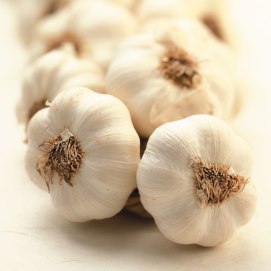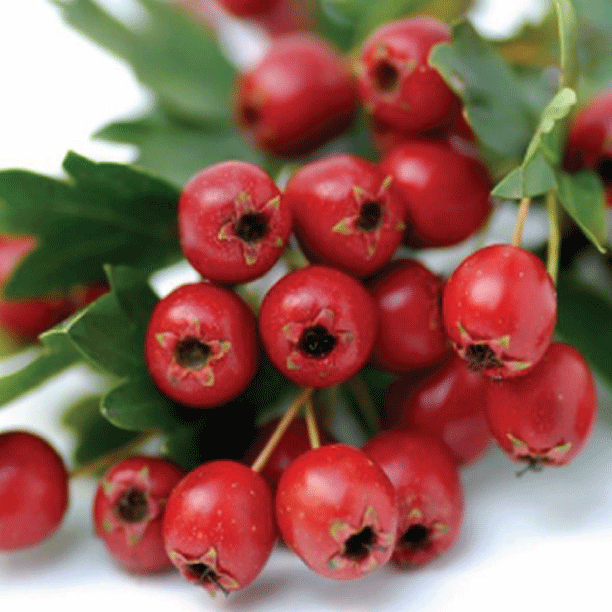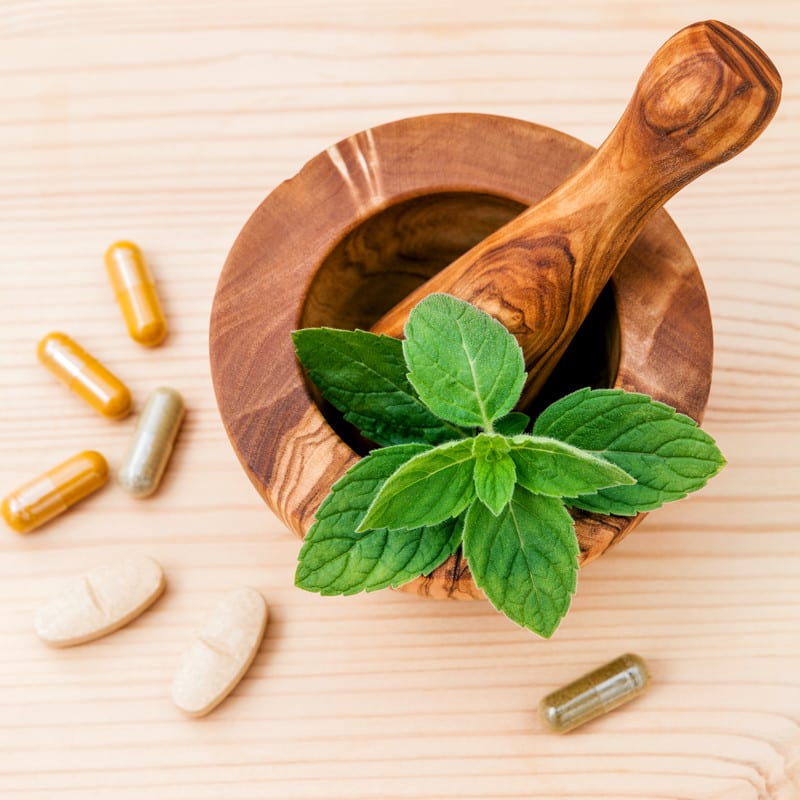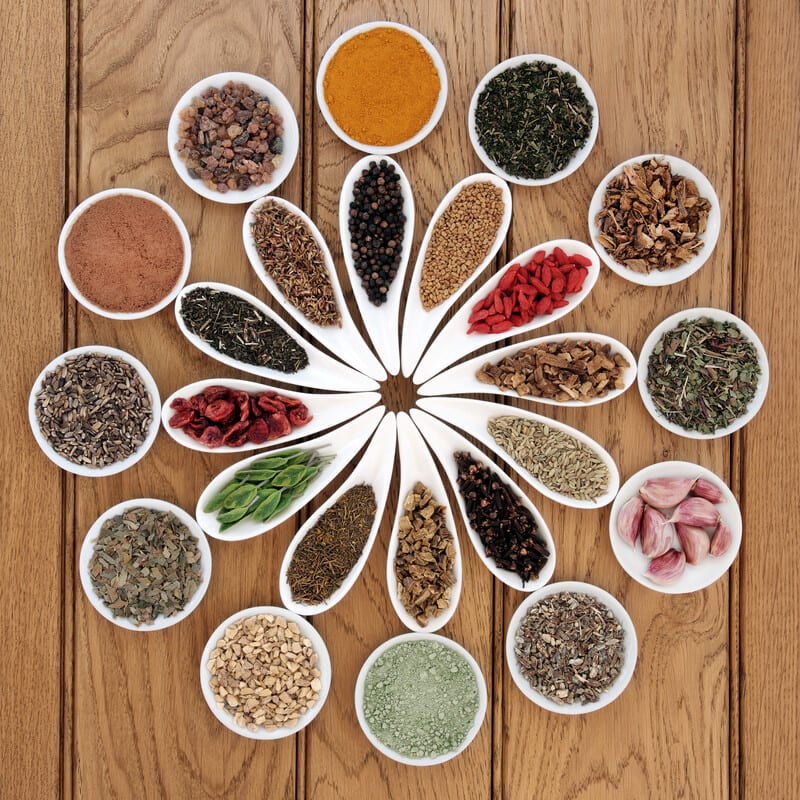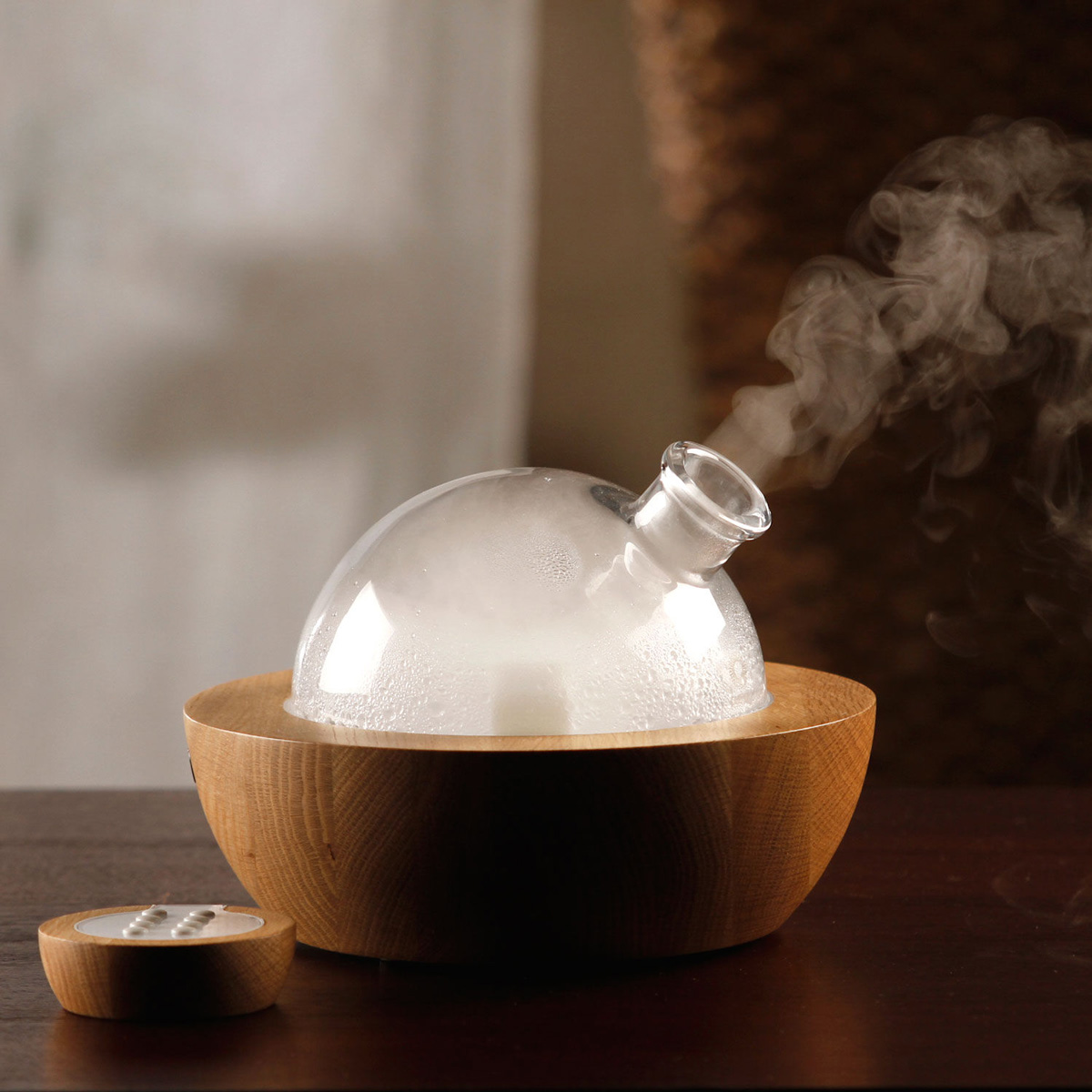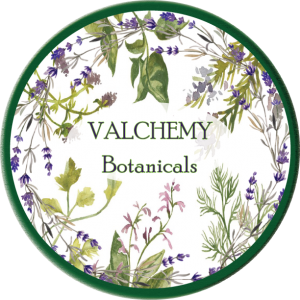Story at-a-glance –
- If you have hollyhock plants growing in your garden or backyard, you’re in luck, because you can use them to help ease a few common conditions naturally and safely
- Did you know hollyhock can be used to ease inflammation and improve digestion? Learn more about this beautiful herb and how you can benefit from it
Hollyhock, or Alcea rosea, is an herb known for its vibrant and attention-grabbing flowers, with colors ranging from light pink to dark purple. Aside from its beautiful blooms, hollyhock is also well-known for its medicinal purposes. If you have hollyhock plants growing in your garden or backyard, you’re in luck, because you can use them to help ease a few common conditions naturally and safely. Continue reading to learn more about this plant and how it can help improve your health.
What Is Hollyhock?
The term “hollyhock” is generally used as a collective term for the genus Alcea, which consists of approximately 60 flowering varieties. This article will focus on Alcea rosea, which is the most common species of all the Alcea plants.
Hollyhock was originally from China, where it was eaten as a potherb. It is typically abundant in Europe and Asia, but also thrives in the U.S. and other regions due to its hardy nature. One of the possible reasons this plant is called hollyhock is because the first plants sent to Southern Europe came from the Holy Land.
In earlier times, hollyhock was especially popular among the Spanish, who thought it to be the perfect reflection of God’s love because the plant was extremely enduring. Over the years, however, its popularity as a garden plant has waned due to its susceptibility to multiple diseases and pests, especially a fungus gardeners call “rust.”
Rust, or Puccinia malvacearum, usually grows on hollyhock leaves and can cause them to become severely disfigured. While hollyhock rust may cause you to have second thoughts about planting your own hollyhock herbs, there are ways to prevent it from infecting your beloved plants.
you to have second thoughts about planting your own hollyhock herbs, there are ways to prevent it from infecting your beloved plants.
What Are the Health Benefits of Hollyhock?
Hollyhock may be a beautiful addition to anyone’s garden or yard, but its benefits transcend the exquisiteness of its flowers. Aside from its gardening uses, hollyhock is incredibly useful when it comes to your health. Some of the benefits it has are:
• May help ease digestive problems — Throughout history, hollyhock has been lauded for its positive effect on the digestive system. An 1859 medical book notes that hollyhock blossoms were mixed with poplar bark, bayberry, goldenseal and other herbs to promote digestion and “warm the stomach and bowels.”
• Soothes cold symptoms — Hollyhock was brewed as tea to calm respiratory ailments. Arabians and Costa Ricans were noted to drink sweetened hollyhock tea to ease coughs and sore throat.
• May relieve inflammation — Brazilians and Chileans use hollyhock leaves as a poultice to alleviate inflammation and tumors. Hollyhock seeds may also be crushed and applied topically to treat abscesses.
How Is Hollyhock Used?
Aside from being an ornamental plant, you can use hollyhock as a:
• Natural cotton or fabric dye — Hollyhocks have been used to dye cotton for over 200 years. In fact, the oldest documentation of dyeing using hollyhock flowers dates back to the 19th century. Germans first started using hollyhock to add color to wine, but later began using it on fabric as well. Hollyhock flowers in lighter shades produce a yellow to a golden brown hue, while the darker variants produce shades that can be as light as lilac or as dark as deep mauve.
• Recipe ingredient — Young hollyhock leaves, flowers and the inner portion of hollyhock stems may be eaten raw or added to salads.
• Tea — Hollyhock flowers and buds may be brewed into a tea for a refreshing beverage.
Try This Spring Salad Recipe With Hollyhock Flowers
Hollyhock flowers are edible, which makes them ideal additions to salads and side dishes. Hollyhocks are just one of 42 flowers you can eat. Below is a spring salad recipe featuring hollyhocks:
Spring Salad With Edible Flowers
Ingredients
• 5 ounces baby spring greens
• 1 small sweet onion
• Hollyhock and other edible flowers like geraniums and marigolds
• 1/4 cup dressing of your choice
Procedure
1. Peel and slice onion into paper-thin slices.
2. Put the dressing at the bottom of a large salad bowl.
3. Add the greens and onions to the bowl.
4. Scatter the edible flowers on the top of the greens.
5. Toss the salad just prior to serving.
(Source: mercola.com; April 11, 2019; https://tinyurl.com/y23ubj2e)


